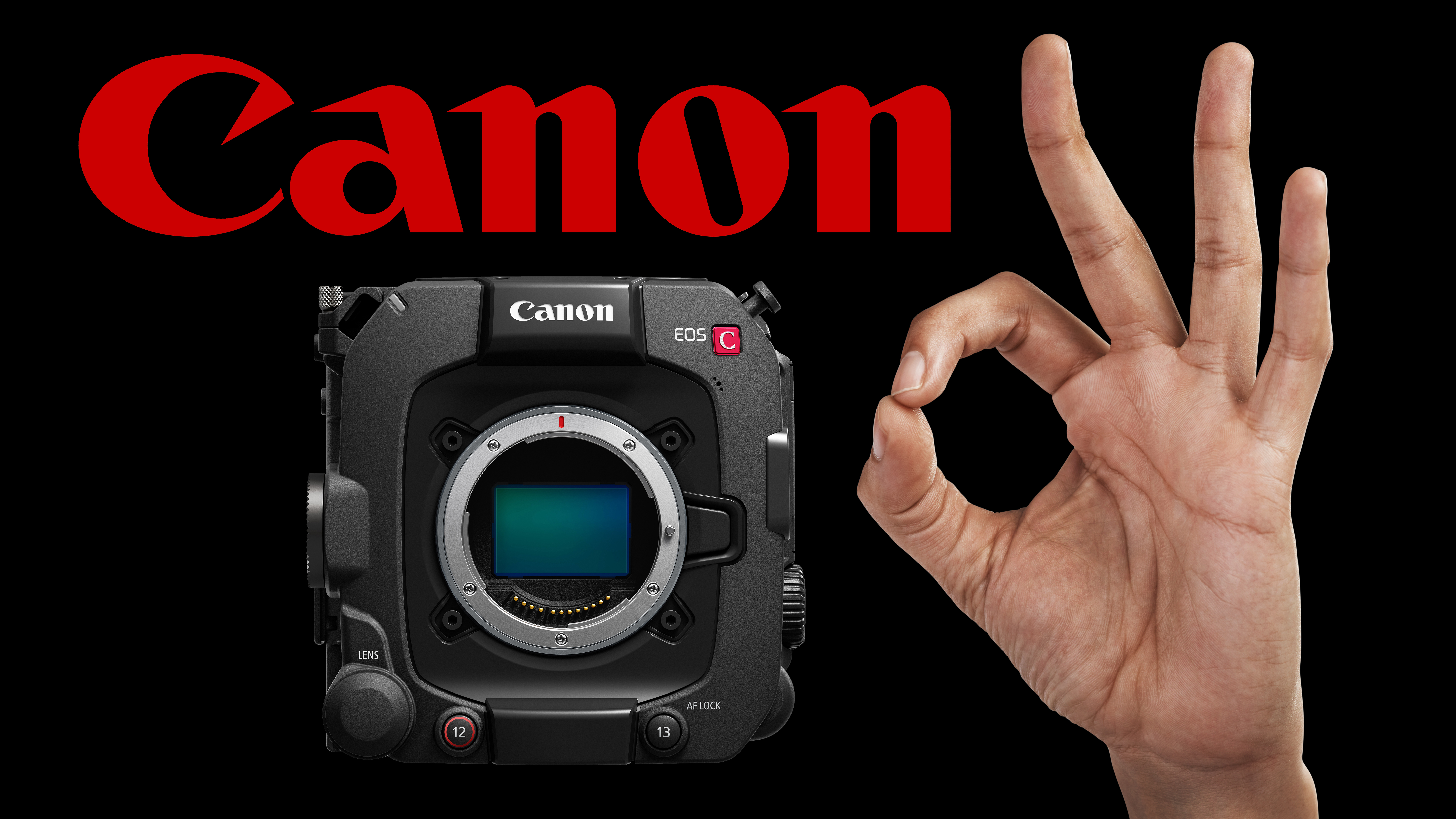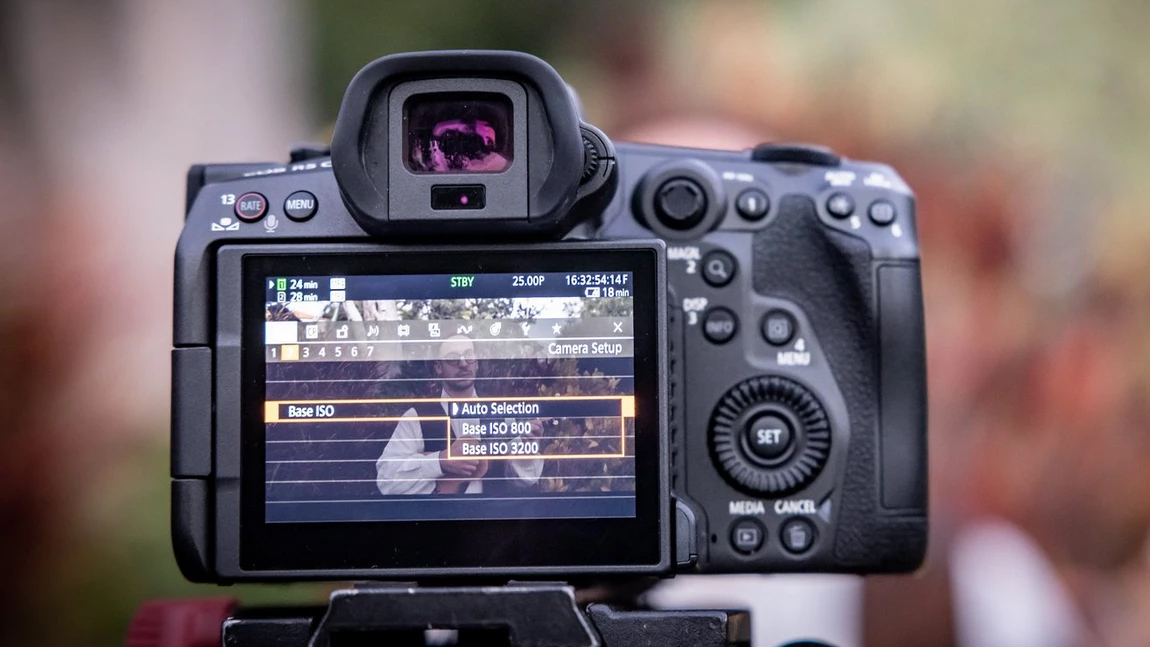
In a first for the industry, Canon's latest camera – the Canon EOS C400 – features a newly developed image sensor with triple-base ISO. Yes, triple.
Canon has leapfrogged the current dual-base ISO technology, which has become standard in many video-oriented cameras. This enables the C400 to shoot with a trio of native sensitivities – ISO800, ISO3200 and ISO12,800 – to offer an unprecedented spectrum of dynamic range.
Simply put, this is huge.
At NAB 2022, Blackmagic's Bob Cagnilia laughed out loud when asked about the possibility of triple-base ISO. But now it's real, it's here, and I think this is one of those game-changing moments for the industry.
Of course, only a few people are going to rush out and spend $7,999 on a Canon EOS C400. But then, only a few people rushed out to buy the Sony A9 III – but its global shutter sensor was a likewise landmark moment. These technologies will eventually trickle down to other models and transform the way we capture images.
Hold up – what even is dual-base ISO?

If you're unfamiliar with the technology, let me explain.
A standard image sensor has a "base" (or "native") ISO, which is its lowest ISO setting (before using the expanded range) – on some cameras it's ISO100, others it's ISO64 or ISO200.
You know how, when you increase your camera's ISO, you introduce more noise? That's because the ISO is essentially increased by running more voltage through the sensor's photodiodes – which, in turn, generates noise.
Sensors with a dual-base ISO are specially designed to have two base ISO values. On the Blackmagic Ursa Broadcast G2, it's ISO400 and ISO3200, on the Panasonic Lumix S5II / S5IIX it's ISO640 and ISO4000, on the Sony FX9 it's ISO800 and ISO4000 and so on.
This means that, if you want to shoot at higher sensitivities, you can switch to the sensor's second base ISO without introducing any noise. Below is a great video that explains things in more detail. (Confusingly, dual-base ISO is completely different to Dual Gain Output.)
Okay, what is triple-base ISO?
As the name suggests, triple-base ISO adds a third "base" ISO setting – and unlike the dual-base sensitivities I've cited above, which offer one "somewhat normal" ISO setting and one "kinda high" ISO setting, the third setting on the Canon EOS C400 is ludicrously high.
With a third base sensitivity of ISO12,800, you can shoot at what would normally be a pretty sketchy ISO setting without introducing any noise whatsoever. And if you've ever cranked your ISO up to 12,800, even on a dual-base camera, you'll know just what a massive deal that is.
Again, I'm not suggesting that everyone should go out right now and drop eight grand on Canon's new camera (although, if you're someone who shoots in a lot of changeable conditions, it's probably worth every penny).
But just as dual-base ISO was once a magic feature exclusive to premium cameras, sooner or later this is going to find its way into a camera that you do want to buy. Who's laughing now, eh?

You might be interested in the best Canon cameras. If you're someone who cranks up your ISO, check out the best low light cameras.







